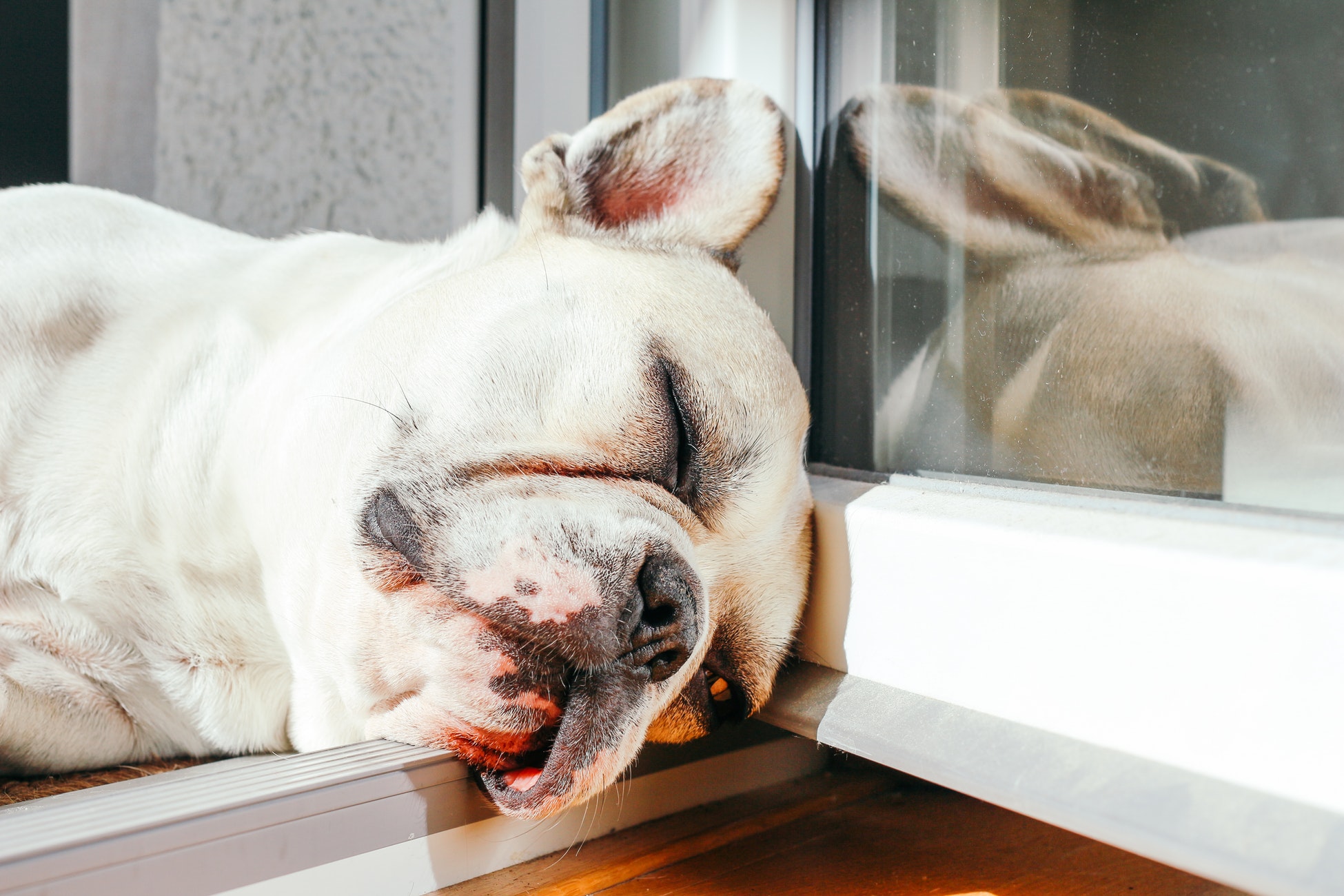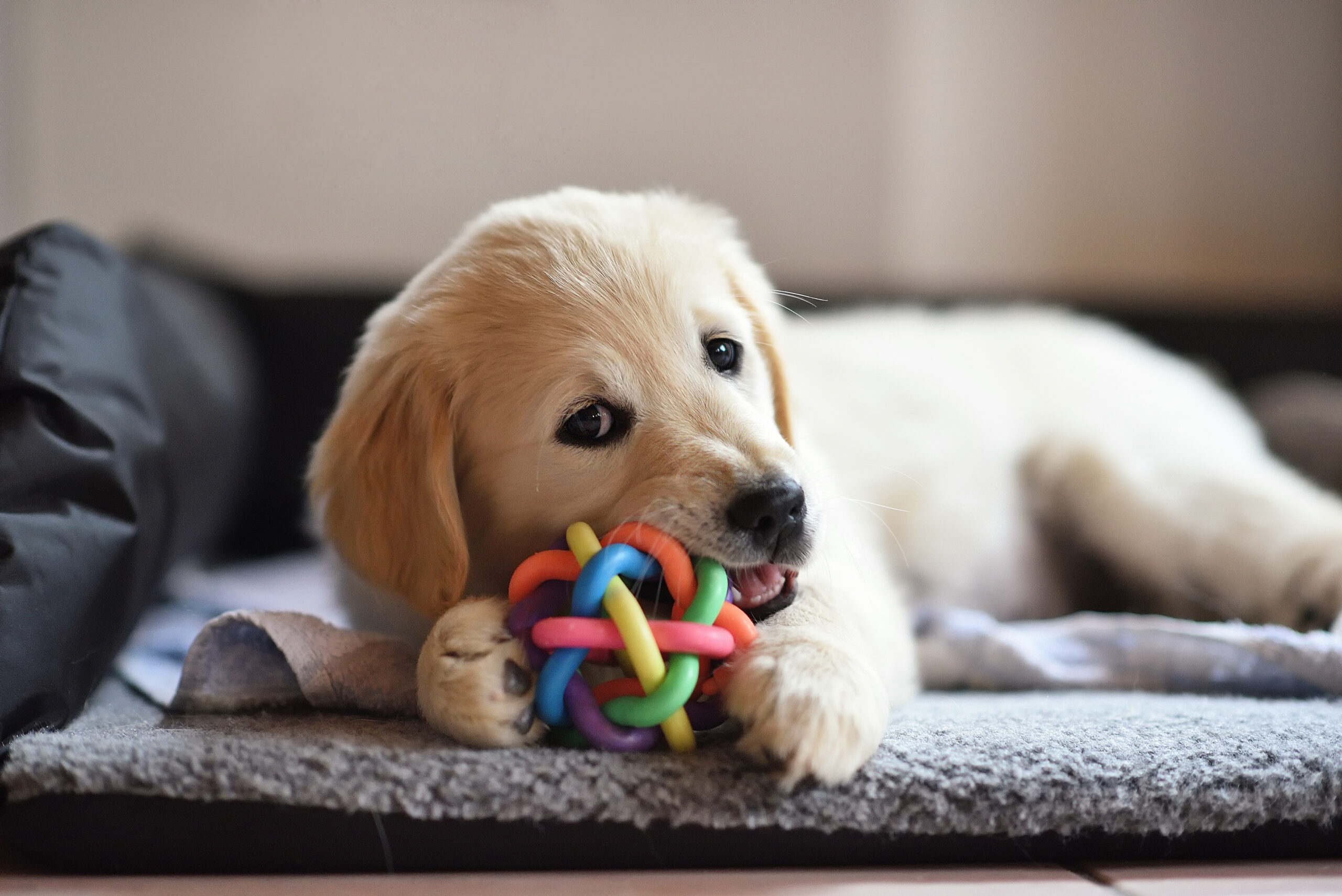Hey Ollie blog readers! We’re offering you an exclusive 60% OFF your starter box! Try now!
What does it mean to have a lethargic dog? Lethargy in a pet is similar to that in a human: simply put, your dog may be feeling drowsy and not quite himself. Luckily, spotting a lethargic dog is relatively simple. Your pup may show reluctance to go for a walk, not want to play, or even be disinterested in their food. The first step is to understand whether your dog is lethargic or just tired, and to treat the root cause.
Why Is My Dog Lethargic?
A tired dog is simply in need of a bit of rest. A lethargic dog, on the other hand, lacks the energy to complete normal, daily dog tasks. Signs of lethargy include lack of appetite, shortness of breath, and dramatic change in behavior.
One simple reason for lethargy in dogs is warm weather. This causes what’s known as “expiring lethargy.” Once the temperature cools off or your dog cools down, his lethargy should subside. If the weather is hot, make sure your pet has plenty of water and a cool or shady spot to rest.
However, if symptoms of lethargy persist for more than a few hours, there may be an underlying issue. There are many different reasons that your dog may be feeling lethargic, from infection and diseases to experiencing pain and reacting to different medications. That’s why it’s important to get your dog checked by a vet.
Causes of Lethargy in a Dog Include:
- Heart disease
- Canine diabetes
- Heartworm
- Parvovirus
- Dog flu
- Ingesting a toxic substance
How to Treat a Lethargic Dog
Step #1: Let your lethargic dog rest. Cut out the long walks and runs on the beach (at least for now). It is important to let your dog receive sufficient rest to prevent further stress.
Step #2: Keep a close eye on your lethargic dog. Consider keeping your pet in a comfortable and enclosed space. This will allow for close observation of their lethargy and allow you to further monitor their symptoms. If your dog appears to be in any discomfort or pain, or has an unusual change in appetite, this a red flag.
Step #3: When in doubt, visit the vet! If symptoms of lethargy do not disappear in 24 hours, take your dog to a veterinarian and get him thoroughly examined as soon as possible. (In the meantime, it may be worthwhile to make sure your pet insurance is fully up to date to prevent any nasty surprises.)
Step #4: Watch your dog’s appetite and behavior.
Upon returning from the vet, it is essential to monitor both the behavior and appetite of your pet. Both should improve after receiving treatment from the vet. If this is not the case, contact the vet again, consistently keeping them updated. Remember, professional help is essential here.
Tagged As:

The nutrition your dog needs,
the food they want.

Enjoying our articles? Subscribe our Newsletters and get new articles directly to your inbox
You might also like
13 May 2025
8 MINS READ
Puppy Training Guide & Behavior Timeline
Bringing home a puppy is pure magic. It’s also pure chaos—tiny teeth, zoomies, accidents in the house, and moments that make you wonder if you’re raising a future genius or a tiny tornado. …
by Ollie Pets
10 May 2025
12 MINS READ
New Puppy Checklist: Guide To Prepare For A New Dog
Bringing home a new puppy? This checklist covers everything new dog owners need—from essential supplies to training, feeding, and first vet visits.
by Ollie Pets
3 April 2025
9 MINS READ
Home Remedies for Fleas on Dogs: 10 Natural Ways That Actually Work
Wondering what kills fleas on dogs instantly and naturally? If your pup is scratching like crazy, it may be time to take action. In this guide, we’ll show you the most effective home remedies for…







